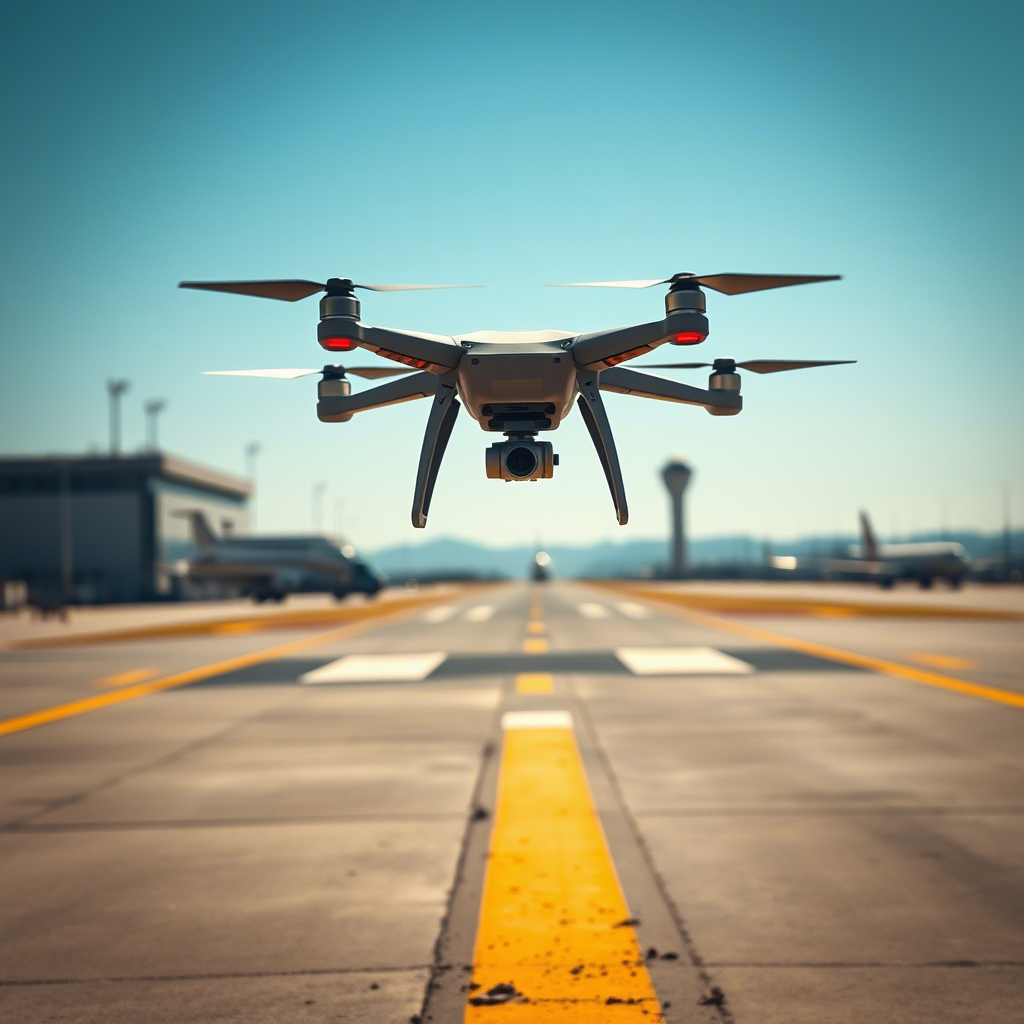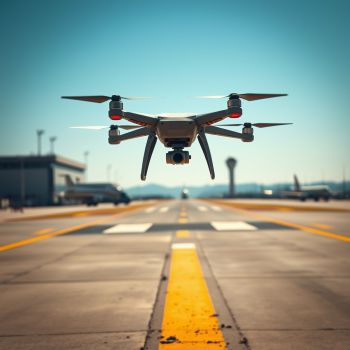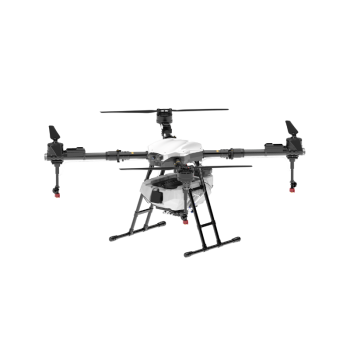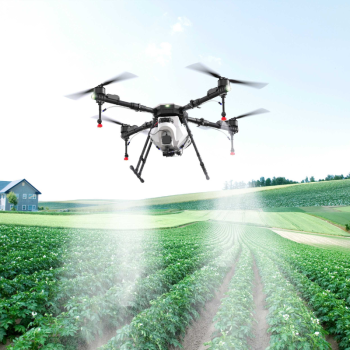The development of multi-aircraft collaborative agricultural drone operations
Advancements in Multi-Drone Collaborative Systems for Agricultural Plant Protection
The agricultural sector is witnessing a transformative shift toward multi-drone collaborative systems for plant protection tasks, driven by the need for efficiency, scalability, and precision. These systems leverage synchronized operations among multiple drones to cover larger areas, optimize resource use, and adapt to dynamic farming environments. Below, we explore the technological innovations, operational strategies, and industry trends shaping this evolution.
Enhanced Mission Planning and Real-Time Coordination
Multi-drone systems rely on advanced algorithms to divide large fields into optimized zones, assigning tasks based on factors like crop type, pest density, and terrain complexity. Unlike single-drone operations, collaborative frameworks enable drones to communicate in real time, adjusting flight paths to avoid overlaps or gaps in coverage. For instance, if one drone detects a sudden pest outbreak, it can alert nearby units to prioritize spraying in that area, ensuring rapid response without compromising other zones.
Dynamic task reallocation is another key feature. During long-duration missions, drones may encounter battery depletion or mechanical issues. Collaborative systems automatically redistribute unfinished tasks to healthy units, minimizing downtime. This redundancy is particularly valuable in regions with unpredictable weather, where timely completion of plant protection activities is critical to preventing crop loss.
Improved Efficiency Through Parallel Operations
By deploying multiple drones simultaneously, farmers can reduce the time required for large-scale plant protection by up to 70% compared to traditional methods. Parallel operations are especially effective in flat, expansive fields where drones can maintain consistent speeds without frequent turns. Some systems even incorporate leader-follower configurations, where one drone maps the area while others replicate its path, ensuring uniform chemical application or seeding.
Energy efficiency also improves in multi-drone setups. Drones can share data about wind patterns or soil moisture, enabling them to adjust spraying intensity collectively. For example, if wind speed increases, the fleet might reduce droplet size to prevent drift, while individual units compensate by flying closer to crops. This level of coordination is unattainable with isolated drones, highlighting the benefits of collaborative technology.
Overcoming Challenges in Communication and Control
Effective multi-drone collaboration hinges on robust communication networks. Localized interference from power lines or dense vegetation can disrupt signals, leading to misalignment or collisions. To address this, researchers are developing hybrid communication protocols that combine radio frequencies with optical sensors, allowing drones to maintain contact even in challenging environments. Additionally, edge computing capabilities enable onboard data processing, reducing latency and improving decision-making speed.
Another hurdle is ensuring safe interaction between drones and human workers. Collaborative systems now integrate geofencing and obstacle-avoidance technologies to prevent accidents in shared spaces. For instance, drones can detect the presence of farmers or machinery and automatically pause operations until the area is clear. These safety measures are critical for gaining trust among agricultural communities hesitant to adopt automated technologies.
Integration with Precision Agriculture Tools
Multi-drone systems are increasingly linked to broader precision agriculture ecosystems, including satellite imagery, soil sensors, and IoT devices. By fusing data from these sources, drones gain a holistic understanding of field conditions, enabling hyper-targeted interventions. For example, if satellite imagery indicates uneven crop growth, drones can investigate specific zones using high-resolution cameras, then apply fertilizers or pesticides only where needed.
This integration also supports variable-rate application (VRA), a practice that adjusts chemical quantities based on real-time crop health metrics. Collaborative drones can execute VRA at scale, ensuring each plant receives the optimal treatment while minimizing waste. Over time, this data-driven approach reduces environmental impact and lowers input costs for farmers.
Scalability for Diverse Farming Models
From smallholder plots to industrial-scale farms, multi-drone systems are adaptable to varying operational needs. In fragmented landscapes, drones can be programmed to navigate irregular boundaries and avoid obstacles like trees or water bodies. For cooperative farming models, multiple stakeholders can share a fleet of drones, scheduling missions through a centralized platform to maximize utilization rates.
Scalability extends to crop diversity as well. Systems can be configured to handle different plant protection requirements, such as varying spray nozzles for thick canopies versus delicate seedlings. This flexibility makes multi-drone collaboration viable for a wide range of agricultural products, from grains and vegetables to orchards and vineyards.
Conclusion
The development of multi-drone collaborative systems represents a significant leap forward in agricultural plant protection. By combining intelligent mission planning, real-time coordination, and seamless integration with precision tools, these systems address longstanding challenges of efficiency and sustainability. As research continues to refine communication protocols, safety features, and scalability, the adoption of collaborative drone technology is poised to reshape modern farming practices worldwide.




